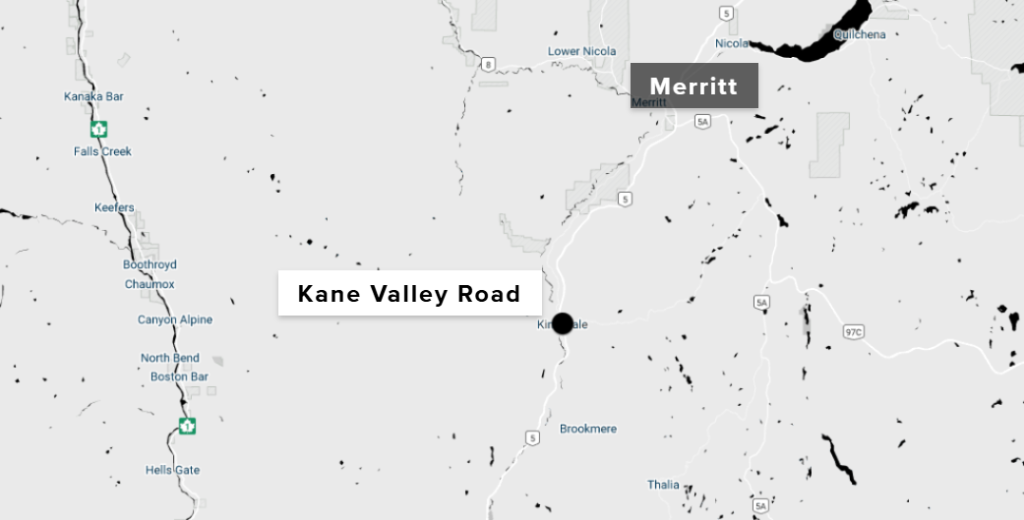B.C. flood risk elevated, conditions not seen in a decade

Posted June 9, 2022 1:54 pm.
Last Updated July 5, 2022 10:17 am.
There’s an increased risk of flood in B.C. right now, and experts say the cooler weather is a big factor. The next few weeks will be a critical window of time to see what comes next.
Dave Campbell with the River Forecast Centre says the snowmelt is about three to four weeks later than usual because of the cooler temperatures. Usually, about half the pack has melted by now, but so far this year, only 20 per cent has.
The forecast is stable, with rain and heat for the weeks ahead. However, the conditions have the potential to not be so stable.
“We certainly have elevated risk around the province this year. We’re seeing the high snowpack. The snow levels we have are unusually high, probably something that we see once every decade or so. The last time we had similar conditions was back in 2012,” Campbell said.
Related article: Emergency preparedness ministers say a national flood insurance program is needed
The late snowmelt means should temperatures spike and/or we see substantial rain, the rivers could flood. However, unlike the atmospheric river last fall that overflowed rivers in a matter of days, this is expected to be a slower increase in water levels, allowing for more time to react.
“There’s nothing imminent that we’re seeing in terms of things like the Fraser River, but we know that the next few weeks is going to be that critical window of time,” Campbell said.
In the Terrace area, the flood risk has already led to 300 evacuations.
Dave Campbell: Now in the critical window for freshet -areas are vulnerable to any extreme weather – hot temps or ongoing rainfall. There are some flood warnings & watches. Even evacuations around Terrace. @CityNewsVAN
— LizaYuzda (@LizaYuzda) June 9, 2022
Emergency Management BC is urging people living in flood risk areas, such as the Fraser River, to have go-bags ready and keep a close eye on conditions. The go-bags should include essentials such as medications and copies of important documents.
People in high-risk areas should also reach out to family and friends to make arrangements, in the event they need to leave their homes.
“British Columbians should pay close attention to weather forecasts and their local authorities, and focus on the weather alerts from your area from Environment Canada,” said Pader Brach with Emergency Management BC. “Listen to your First Nation or local government, especially if evacuation alerts or evacuation orders are issued.”
Read more: Years of flooding across Canada pushing down housing prices: study
The agency says it is “pre-positioning flood mitigation assets” across the province.
“This includes sandbags and sandbag machines, tiger dams, and gabions,” Brach explained.
“If you’re in an area of elevated risk, you can help prevent flooding by making sure gutters in the storm drains on your street are clear of leaves and debris. Keep away from river edges and shorelines during periods of high flow. Riverbanks may be unstable and more prone to collapse.”
If you come across flooding on the road, be careful and do not try to drive through floodwater.
“The depth of water pooling on the roads is not always obvious and can be dangerous,” Brach warned.








